Home>Home Appliances>Laundry Appliances>What Setting Is 30 Degrees On A Washing Machine
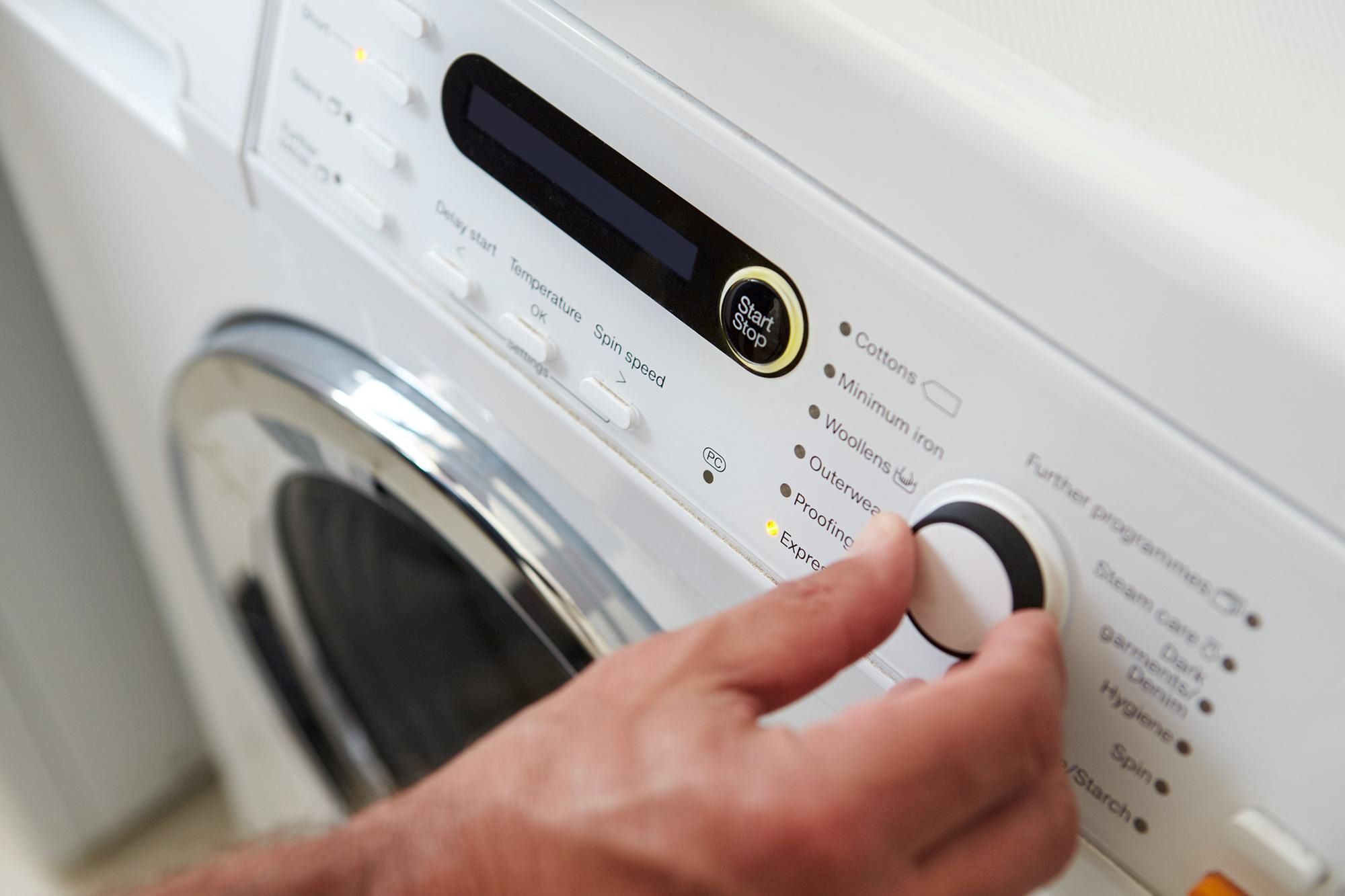

Laundry Appliances
What Setting Is 30 Degrees On A Washing Machine
Published: February 21, 2024
Discover the ideal setting for a 30-degree wash on your laundry appliances. Find out how to optimize your washing machine for efficient and effective cleaning. Unlock the secrets to perfect laundry care today!
(Many of the links in this article redirect to a specific reviewed product. Your purchase of these products through affiliate links helps to generate commission for Storables.com, at no extra cost. Learn more)
Understanding the Temperature Settings
When it comes to doing laundry, understanding the temperature settings on your washing machine is crucial for achieving clean and fresh-smelling clothes. Modern washing machines offer a range of temperature options, typically including cold, warm, and hot settings. Each temperature setting serves a specific purpose and is designed to accommodate different types of fabrics and levels of soiling. By comprehending the nuances of these temperature settings, you can optimize the washing process and prolong the lifespan of your garments.
Cold Water Setting
The cold water setting, often represented by a blue indicator on the washing machine, is ideal for delicate fabrics that are prone to shrinking or fading. Additionally, cold water is effective in preserving the vibrant colors of clothing items. This setting is also energy-efficient, as it does not require the water heater to consume additional electricity.
Warm Water Setting
The warm water setting strikes a balance between the gentleness of cold water and the cleaning power of hot water. It is suitable for moderately soiled garments and helps to dissolve detergent effectively. This setting is often denoted by a green indicator on the washing machine and is commonly used for everyday clothing items, such as t-shirts, jeans, and undergarments.
Hot Water Setting
The hot water setting, indicated by a red marker, is reserved for heavily soiled items and materials that can withstand higher temperatures. This setting is effective in removing tough stains and killing bacteria and allergens. However, it is important to exercise caution when using the hot water setting, as it can cause certain fabrics to shrink or fade.
Understanding the temperature settings on your washing machine empowers you to make informed decisions based on the specific needs of your laundry. By selecting the appropriate temperature setting, you can ensure that your clothes are cleaned thoroughly while minimizing the risk of damage. Whether you are washing delicate silk blouses or heavily soiled work uniforms, the temperature settings play a pivotal role in achieving optimal cleaning results.
In the subsequent sections, we will delve deeper into the importance of choosing the right temperature, factors to consider when selecting a washing machine temperature, tips for using the 30-degree setting, and common misconceptions about washing machine temperatures. Stay tuned to unlock the secrets of maximizing the efficiency of your laundry routine!
Key Takeaways:
- Choose the right temperature setting for your laundry to keep clothes clean and lasting longer. Cold water is gentle, warm water strikes a balance, and hot water tackles tough stains.
- Don’t believe the myths! Cold water cleans effectively, and not all fabrics can handle hot water. Tailor your temperature setting to your specific laundry needs for optimal results.
Importance of Choosing the Right Temperature
Selecting the appropriate temperature setting on your washing machine is a critical decision that directly impacts the cleanliness and longevity of your clothing. The temperature at which you wash your garments can significantly influence the effectiveness of the cleaning process and the overall condition of the fabrics. Understanding the importance of choosing the right temperature setting is essential for maintaining the quality of your clothes and optimizing the performance of your washing machine.
The temperature at which you wash your clothes directly affects the efficiency of the detergent in removing stains and odors. Different temperatures activate the cleaning agents in the detergent to varying degrees, influencing their ability to break down dirt and grime. For instance, hot water is more effective in dissolving and removing tough stains, while cold water is gentler on delicate fabrics and helps preserve vibrant colors. By aligning the temperature setting with the specific needs of your laundry, you can ensure that the cleaning process is tailored to the unique characteristics of the garments.
Furthermore, the right temperature setting plays a crucial role in protecting the integrity of the fabrics. Washing clothes in excessively hot water can cause certain materials to shrink, fade, or become damaged. Conversely, using cold water for heavily soiled items may not provide the thorough cleaning they require. By carefully selecting the appropriate temperature setting, you can safeguard your clothing from unnecessary wear and tear, thereby extending their lifespan and maintaining their original quality.
In addition to preserving the condition of your garments, choosing the right temperature setting also contributes to energy efficiency. Cold water washing requires less energy compared to using warm or hot water, resulting in reduced electricity consumption and lower utility bills. By utilizing the most suitable temperature setting for your laundry, you can minimize your environmental impact and contribute to sustainable living practices.
Ultimately, the importance of choosing the right temperature setting on your washing machine cannot be overstated. By considering the specific fabric types, soil levels, and stain types, you can make informed decisions that optimize the cleaning process and protect your clothing. Whether you are aiming to remove stubborn stains from work uniforms or delicately launder silk scarves, the temperature setting serves as a pivotal factor in achieving exceptional cleaning results while preserving the quality of your garments.
Read more: What Is A Construction Technology Degree
Factors to Consider When Selecting a Washing Machine Temperature
When it comes to selecting the appropriate temperature for your washing machine, several crucial factors should be taken into account to ensure the optimal cleaning and care of your garments. Understanding these factors empowers you to make informed decisions that align with the specific needs of your laundry. By considering the following elements, you can effectively determine the most suitable temperature setting for each wash cycle.
Fabric Type
The type of fabric plays a pivotal role in determining the ideal washing machine temperature. Delicate materials such as silk, wool, and lace require gentle treatment and are best washed in cold water to prevent shrinkage and damage. Conversely, durable fabrics like cotton and linen can withstand warmer temperatures, which aid in effectively removing dirt and bacteria. By considering the fabric type of your garments, you can tailor the temperature setting to accommodate their specific requirements, ensuring thorough cleaning without compromising their integrity.
Soil Level
Assessing the level of soiling on your clothing is essential for selecting the appropriate washing machine temperature. Heavily soiled items, such as work uniforms or sports attire, may benefit from a higher temperature setting to effectively remove stubborn stains and odors. In contrast, lightly soiled garments or those worn close to the body may suffice with a lower temperature setting, minimizing energy consumption and preserving the fabric's quality. By evaluating the soil level of your laundry, you can adjust the temperature setting to address the cleaning needs of each specific load.
Stain Type
Different types of stains require varying temperature settings for optimal removal. Protein-based stains, such as blood or sweat, are best treated with cold water to prevent setting the stains and damaging the fabric. Conversely, oil-based stains, like grease or food spills, often necessitate warmer temperatures to effectively dissolve and eliminate the residue. By identifying the types of stains present on your garments, you can select the most suitable temperature setting to ensure thorough stain removal without compromising the fabric's composition.
Environmental Impact
Considering the environmental impact of your washing machine temperature selection is crucial for promoting sustainable practices. Cold water washing is known for its energy efficiency, consuming less electricity and reducing carbon emissions. By opting for lower temperature settings whenever possible, you can minimize your environmental footprint and contribute to conservation efforts. Additionally, utilizing cold water for certain loads can help preserve the fabric's color and integrity, aligning with eco-friendly principles while maintaining the quality of your clothing.
By carefully evaluating these factors when selecting a washing machine temperature, you can make informed choices that optimize the cleaning process and preserve the condition of your garments. Whether you are dealing with delicate fabrics, stubborn stains, or environmental considerations, the temperature setting serves as a customizable tool to cater to the diverse needs of your laundry, ensuring exceptional cleaning results and garment longevity.
Tips for Using the 30-Degree Setting
When utilizing the 30-degree setting on your washing machine, it's essential to consider several tips to maximize its effectiveness in cleaning your garments while maintaining their quality. The 30-degree setting, often denoted as the "cool" or "cold" setting, is particularly suitable for a wide range of clothing items and offers various benefits when used strategically.
-
Versatility: The 30-degree setting is versatile and can be employed for washing a diverse array of fabrics, including cotton, polyester, and synthetic blends. This temperature strikes a balance between effective cleaning and gentle treatment, making it suitable for everyday clothing items such as t-shirts, blouses, and undergarments.
-
Energy Efficiency: Opting for the 30-degree setting contributes to energy efficiency, as it requires less electricity to heat the water compared to warmer settings. By utilizing this cooler temperature, you can minimize your environmental impact and reduce energy consumption, aligning with sustainable living practices.
-
Color Preservation: The 30-degree setting is ideal for preserving the vibrant colors of your clothing. When washing garments that are prone to color fading or bleeding, such as bright or dark-colored items, using the cooler temperature helps maintain the integrity of the dyes and prevents color transfer between garments.
-
Delicate Fabrics: For delicate fabrics that are sensitive to heat, such as silk, lace, or wool, the 30-degree setting offers a gentle washing option. This cooler temperature minimizes the risk of shrinkage and damage, ensuring that delicate garments retain their original texture and shape.
-
Everyday Maintenance: Incorporating the 30-degree setting into your regular laundry routine is an effective way to maintain the cleanliness and freshness of your everyday clothing. By using this temperature for routine washes, you can prevent unnecessary wear and tear on your garments while ensuring that they remain free from everyday dirt and odors.
-
Detergent Activation: Despite being a cooler temperature, the 30-degree setting still activates the cleaning agents in the detergent, allowing it to effectively break down dirt and grime. Using a high-quality detergent designed for cold water washing further enhances the cleaning power of this temperature setting.
By implementing these tips when using the 30-degree setting on your washing machine, you can optimize the cleaning process for a wide range of garments while promoting energy efficiency and fabric care. Whether you are aiming to preserve colors, extend the lifespan of delicate fabrics, or reduce your environmental footprint, the 30-degree setting serves as a valuable tool in achieving exceptional cleaning results while safeguarding the quality of your clothing.
Common Misconceptions About Washing Machine Temperatures
Misconceptions about washing machine temperatures abound, often leading to suboptimal laundry practices and misunderstandings about the impact of temperature settings on the cleaning process. By debunking these misconceptions, individuals can make more informed decisions when selecting the appropriate temperature for their laundry needs.
Misconception 1: Hot Water Is Always Better for Cleaning
One prevalent misconception is the belief that hot water is inherently superior for cleaning clothes. While hot water can be effective for removing tough stains and killing bacteria, it is not always necessary for everyday laundry. In fact, using hot water indiscriminately can lead to color fading, fabric damage, and increased energy consumption. Understanding that different fabrics and soil levels may not require hot water for thorough cleaning is essential for optimizing the washing process.
Read more: What Washer Setting For Blankets
Misconception 2: Cold Water Does Not Clean Effectively
Contrary to popular belief, cold water is capable of cleaning clothes effectively, especially when paired with high-quality detergents designed for cold water washing. For delicate fabrics, bright colors, and lightly soiled items, cold water is not only sufficient for cleaning but also helps preserve the integrity of the garments. By dispelling the misconception that cold water is ineffective, individuals can embrace its gentle yet efficient cleaning properties.
Misconception 3: Warm Water Is Always the Best Compromise
Many people default to using warm water as a compromise between hot and cold settings, assuming that it offers the best of both worlds. While warm water can be suitable for certain loads, it is important to recognize that it may not always be the optimal choice. Evaluating the specific requirements of the laundry, such as fabric type, soil level, and stain type, can lead to more tailored temperature selections, ensuring that warm water is used when truly beneficial.
Misconception 4: All Fabrics Can Withstand Hot Water
Another common misconception pertains to the resilience of fabrics to hot water. While some materials can tolerate higher temperatures, others, such as silk, wool, and certain synthetic blends, are susceptible to damage and shrinkage when exposed to hot water. Understanding the unique characteristics of different fabrics is crucial for avoiding unintentional harm caused by washing them in excessively hot water.
Misconception 5: The Same Temperature Setting Works for All Loads
A prevalent misconception is the notion that a single temperature setting can effectively cater to all types of laundry loads. In reality, different garments and soil levels may require varying temperature settings to achieve optimal cleaning results. By acknowledging the diversity of laundry needs and customizing temperature selections accordingly, individuals can dispel the misconception that a one-size-fits-all approach is sufficient.
By addressing these common misconceptions about washing machine temperatures, individuals can refine their laundry practices, minimize fabric damage, and enhance the effectiveness of the cleaning process. Embracing a nuanced understanding of temperature settings empowers individuals to make informed decisions that align with the specific needs of their garments, ultimately leading to improved cleaning outcomes and garment longevity.
Frequently Asked Questions about What Setting Is 30 Degrees On A Washing Machine
Was this page helpful?
At Storables.com, we guarantee accurate and reliable information. Our content, validated by Expert Board Contributors, is crafted following stringent Editorial Policies. We're committed to providing you with well-researched, expert-backed insights for all your informational needs.

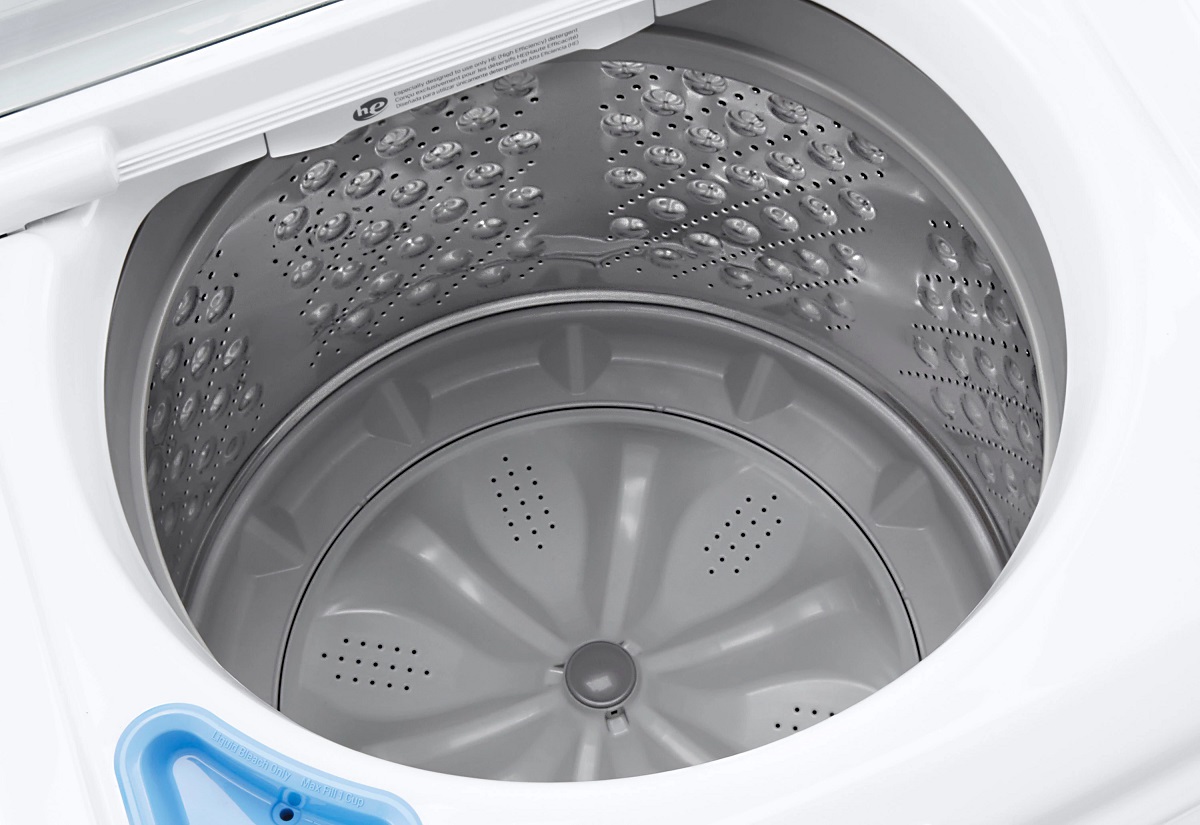
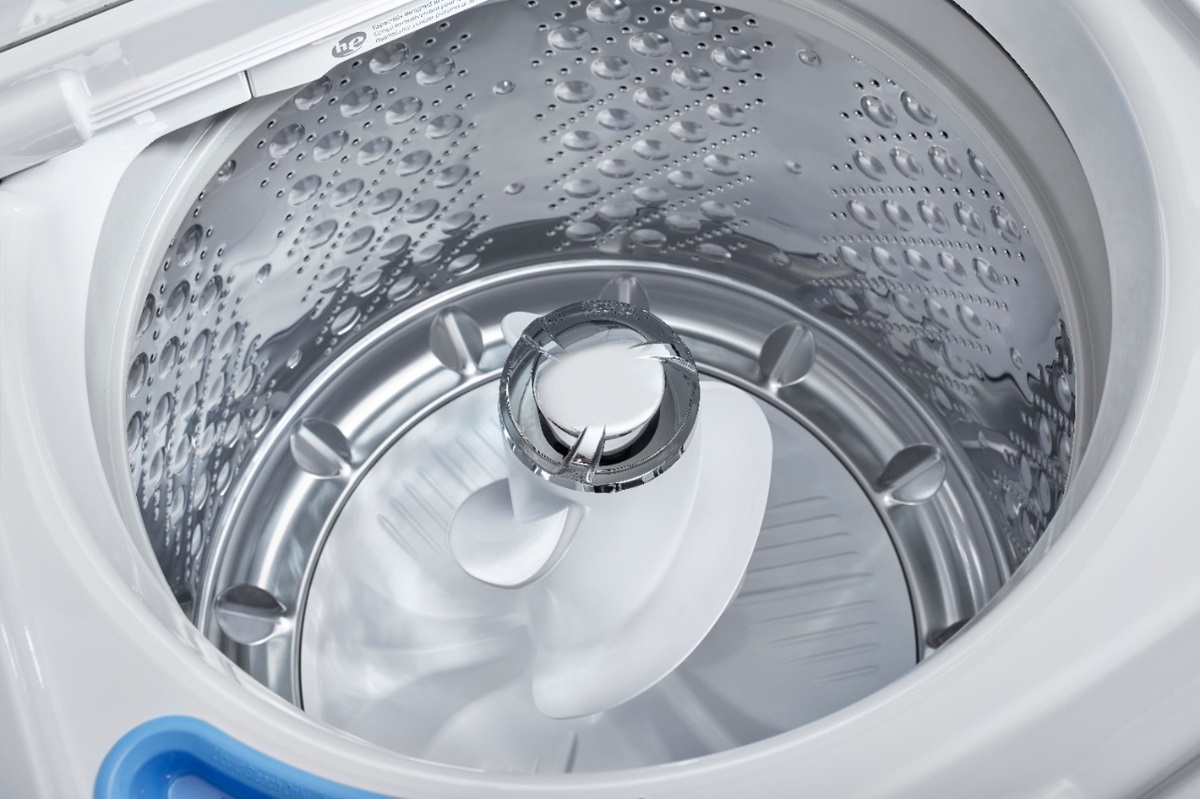
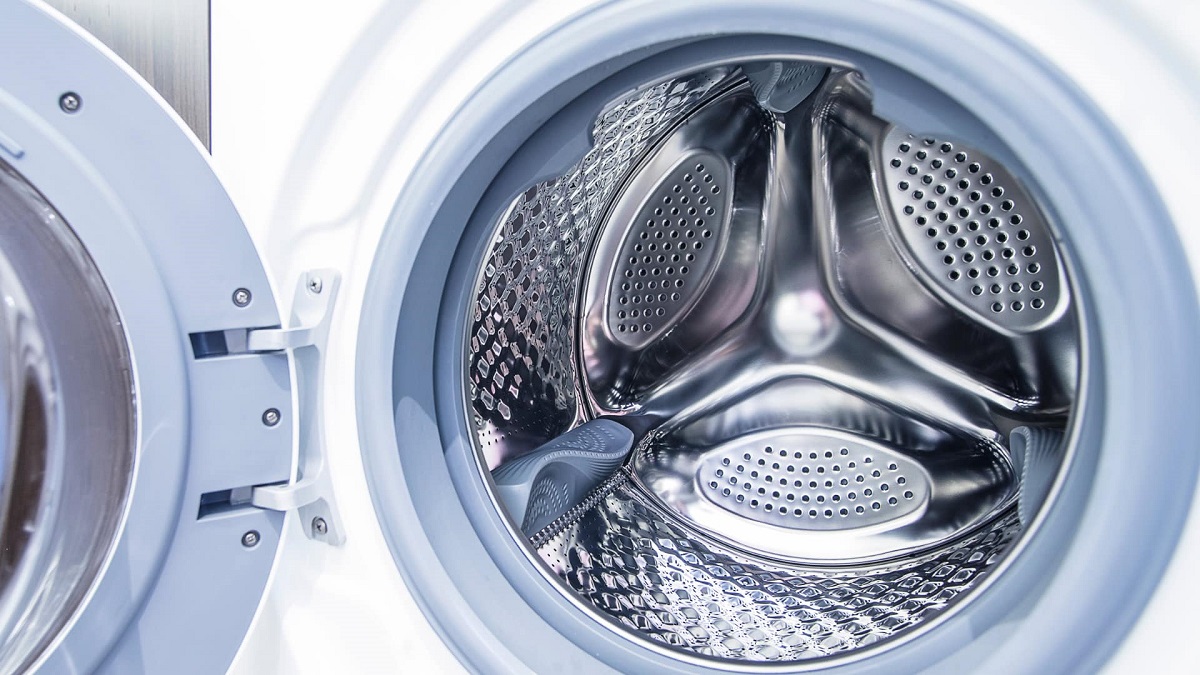



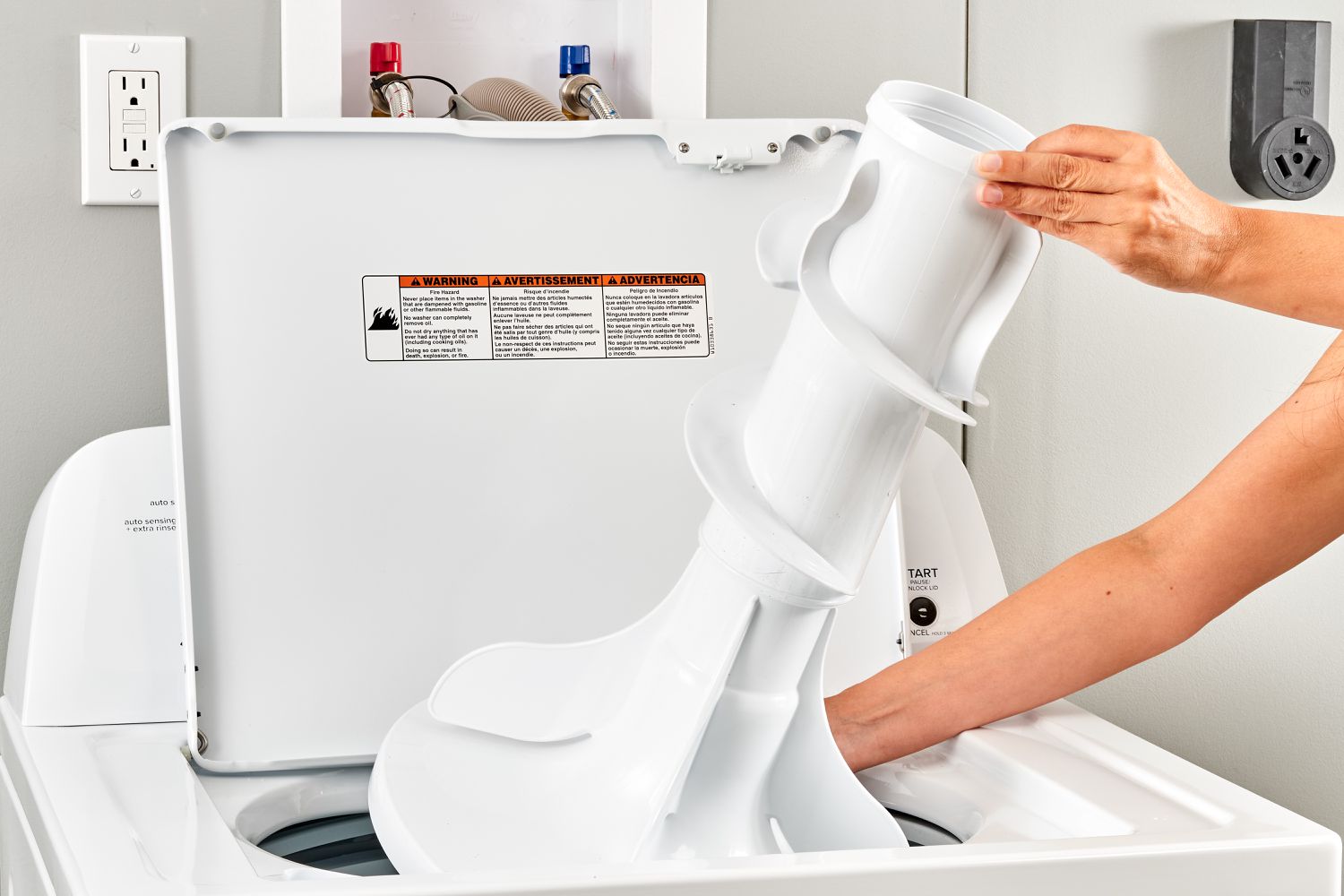
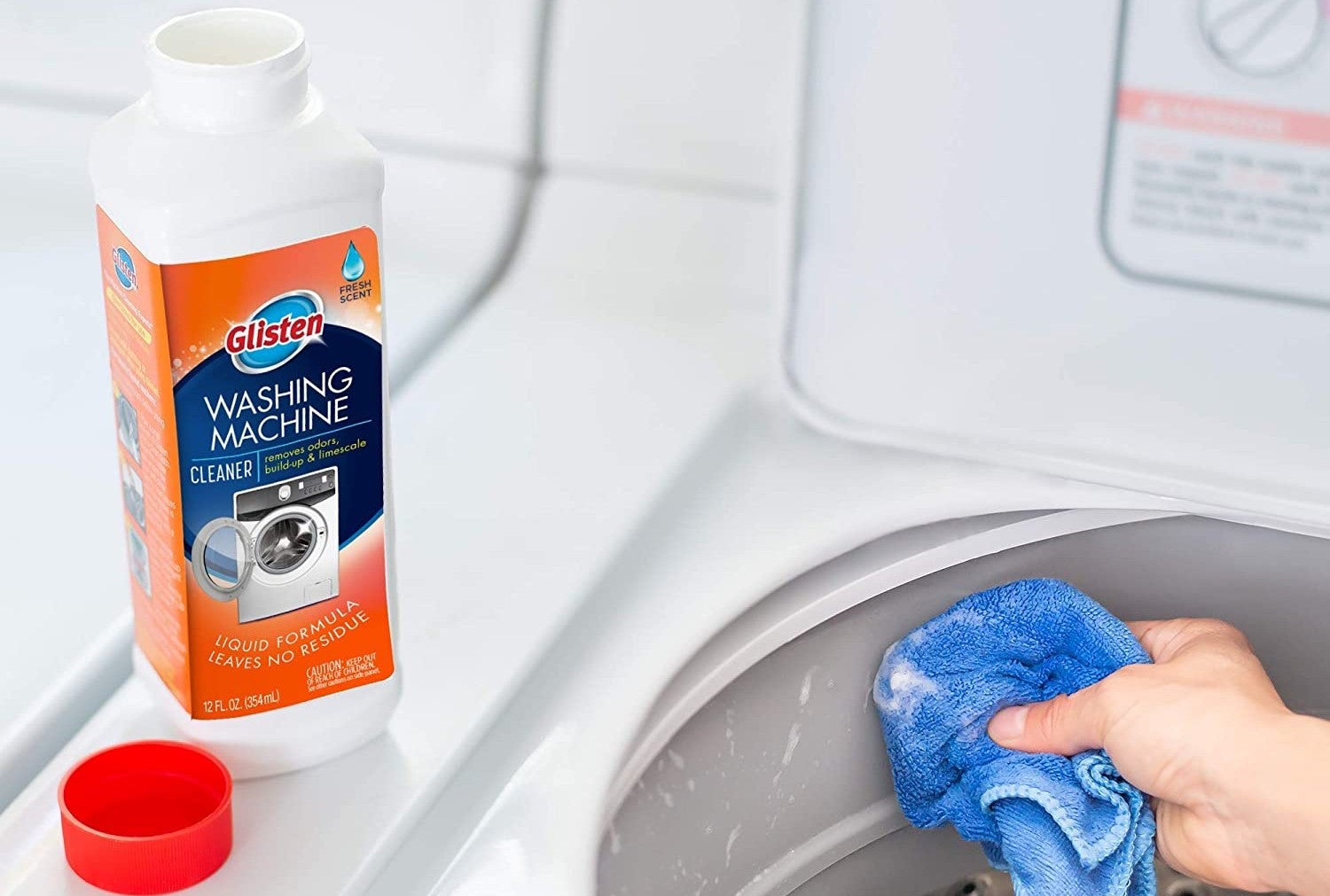
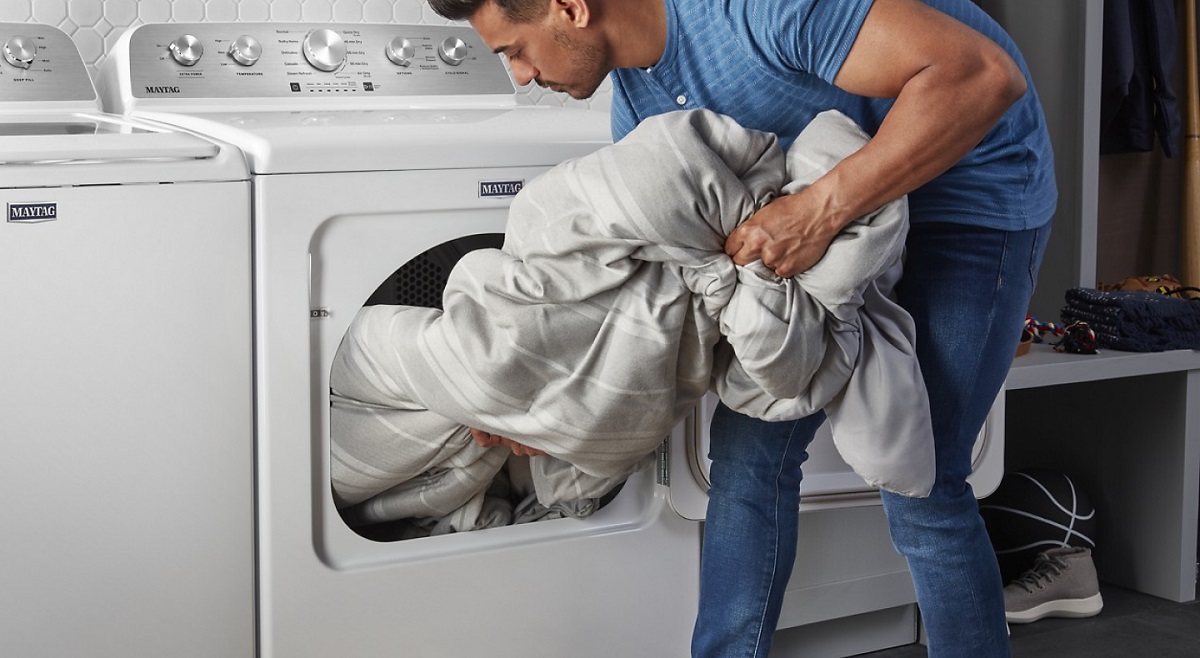

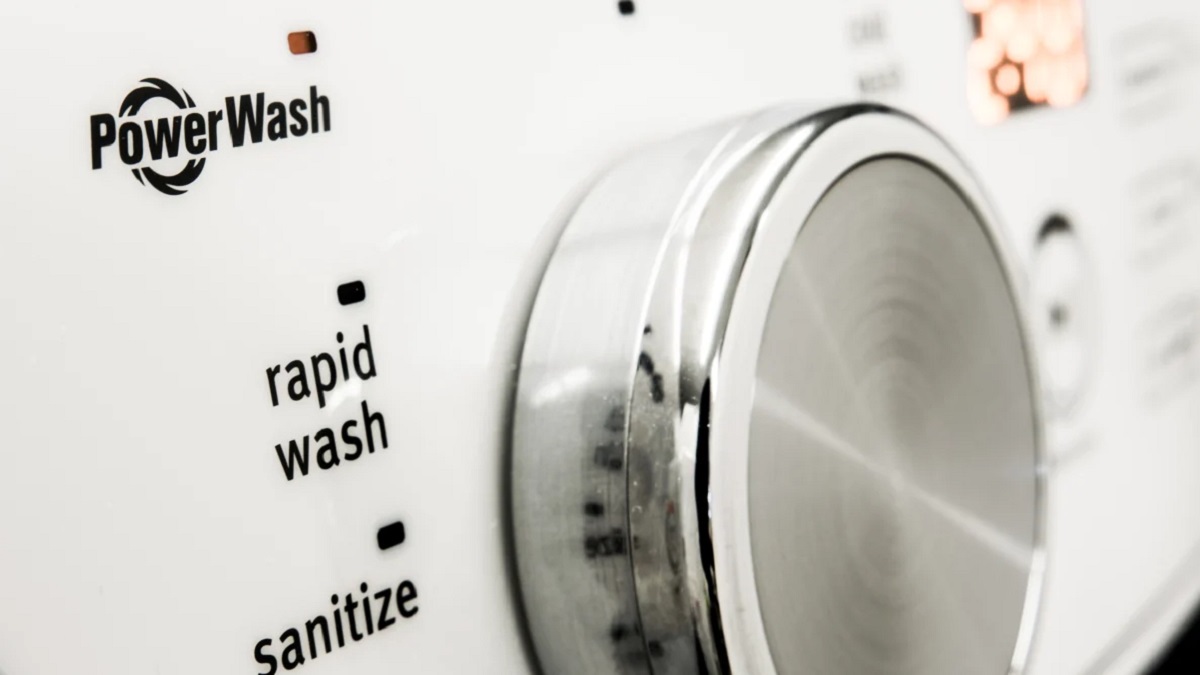

0 thoughts on “What Setting Is 30 Degrees On A Washing Machine”